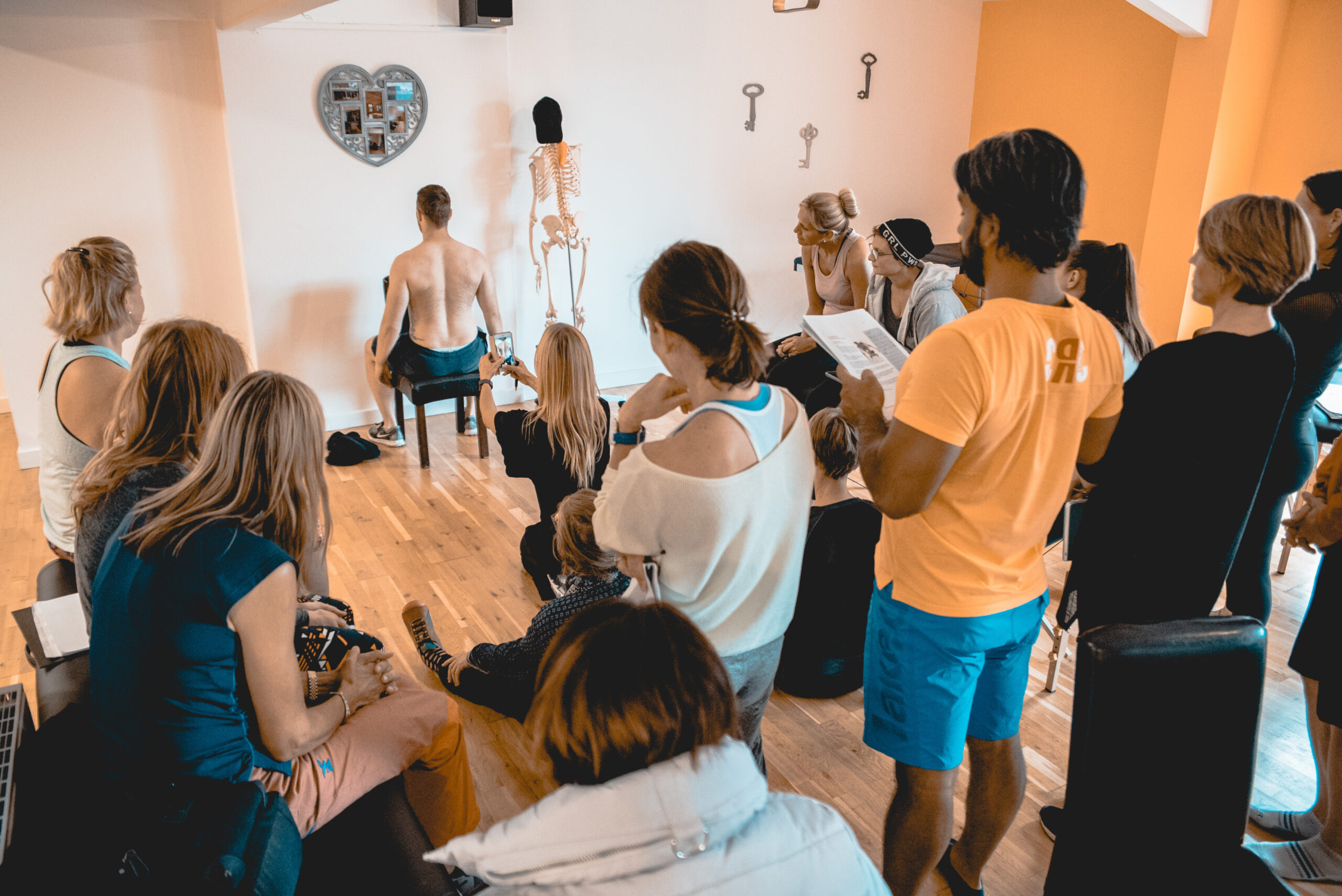



The quadratus lumborum (QL) muscle plays a crucial role in the stabilization and movement of the pelvis and spine. Understanding its function and identifying when it is in spasm can help manage lower back pain and improve movement ability.
The QL is a deep muscle located in the lower back, with one on each side of the spine. It attaches to the 12th rib, the iliac crest, and the transverse processes of the lumbar spine.
When both QL muscles contract simultaneously, they extend the spine. When one QL contracts, it causes lateral flexion of the spine or hip hitching.
Due to sedentary lifestyles, we often spend extended periods sitting in lumbar flexion. This can lead to the QL being in a state of subclinical spasm, which restricts movement and can cause discomfort.
A QL spasm limits the spine’s ability to laterally flex, making activities such as bending to pick up objects or turning in a car challenging. For physical activities like bear crawls or rock climbing, where hip hitching is necessary, a QL spasm can hinder speed and control.
A spasm in the QL can also cause mechanical compensation, leading to a functional leg length discrepancy. The spasm lifts the ilium on one side, affecting pelvic function and potentially causing issues in the knee and foot.
To test for QL spasm, ask your client to sit and perform lateral flexion. Observe the spine’s movement and shape; a smooth curve is normal, while a ‘hinge’ in the lumbar area indicates a spasm.
This video shows a few QL tests in action: QL Hinge Positive & Negative Test Results (youtube.com)
Wall Glides are an effective technique to alleviate QL spasms. This is not a mobility exercise but a proprioceptive method to desensitize the QL spasm.

Remember, the body is an integrated system and a master of compensation. Both descending and ascending compensations can cause or result from a QL spasm.
Understanding and addressing QL spasms can significantly improve lower back health and overall mobility. By incorporating techniques like Wall Glides and assessing for compensations, you can help clients manage pain and enhance their movement abilities effectively.
For further information and guidance, feel free to reach out:
Phone: 020 3841 6151
Email: rachel@biomechanicseducation.com